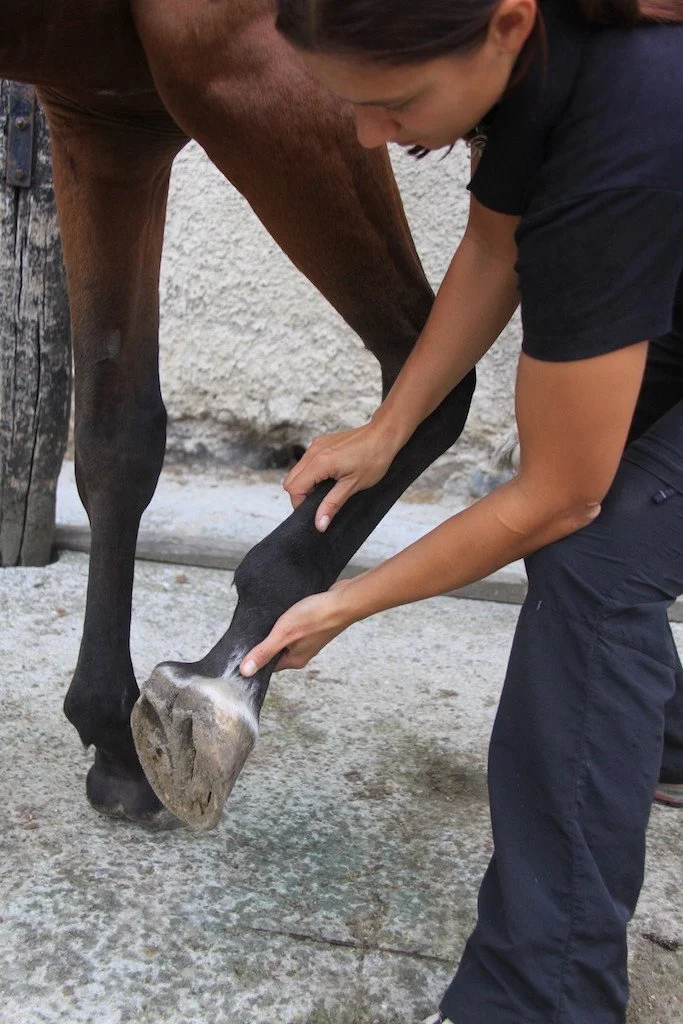Things to keep in mind when coming back from in injury
The return to work must be very gradual as different tissues adapt to work at different rates.
Injuries that require rest and a careful rehabilitation process are very common in horses, especially those working hard in competition. Coming back to work after a period of rest can be daunting, as the fear of re-injury can be a serious consideration. While it is true that a healed tendon will never be as strong as it was before the injury, this doesn't mean that re-injury is inevitable. Here are some things to be mindful of when re-introducing your horse back to work after a period of rest.
Very few injuries happen out of the blue. The reason behind most of them is dysfunction somewhere in the body that went unnoticed for a long period of time. Eventually, the body can't compensate anymore and boom, a blow tendon. When an injury occurs, it is crucial to figure out why it happened. Were the horse's toes too long, increasing tension on the tendon? Was his back locked, putting more stress on the front end? Were his natural asymmetries not addressed in training, making one of his legs work harder? Before we return the horse to work, we need to figure out the cause of the injury and address it. Otherwise, the chances of re-injury are much higher.
Make sure all others structures in the body are functional and able to do their job.
Tissues adapt to work at different rates. Although your horse might be full of energy and eager to get to work, it is important to keep in mind that not all tissues adapt to work at the same rate. While the horse's muscles can regain their former strength in a few weeks, supporting structures, like the tendons and ligaments, might need many months to get back to their pre-injury capabilities. Stay on the safe side and take it slow.
If the horse was out of work for longer than two months, his muscles have probably changed quite a bit. This might mean that the saddle that fit perfectly before the injury, might not be so perfect anymore. Coming back to work from a longer period of rest is a good time to have the saddle fitter out to make any necessary adjustments.
Make sure to check saddle fit after a long period of rest.
Make sure everything else is working well. If we want to give the healed tissue the best chance to safely come back to work, it is essential its neighbouring structures are working flawlessly. This means meticulously balancing the hooves and making sure the soft tissues are restriction free and ready to work. In a lot of cases, the horse’s thoracic sling and core muscles will need to be strengthened before we can ask the healed tissue to be back to full work. If this is the case, starting work from the ground will prove to be very beneficial.


